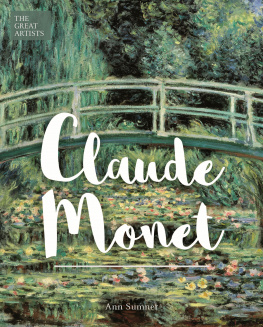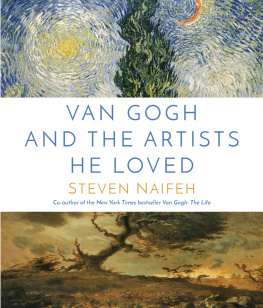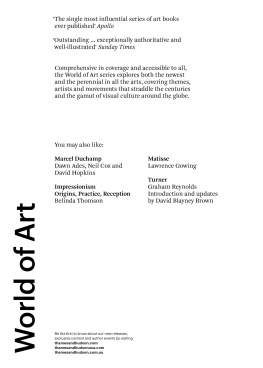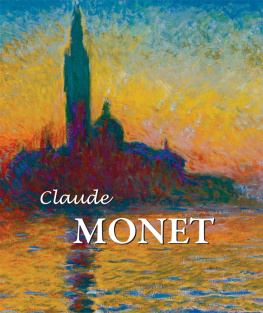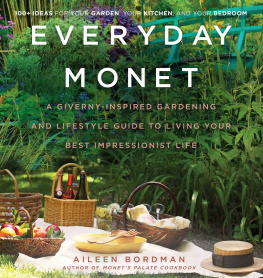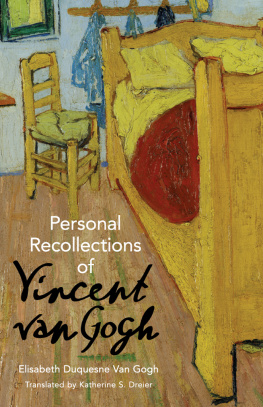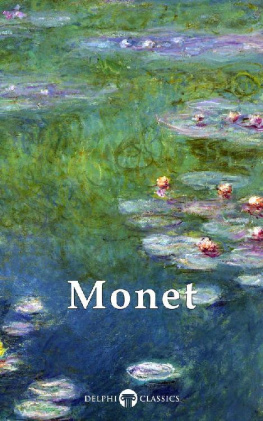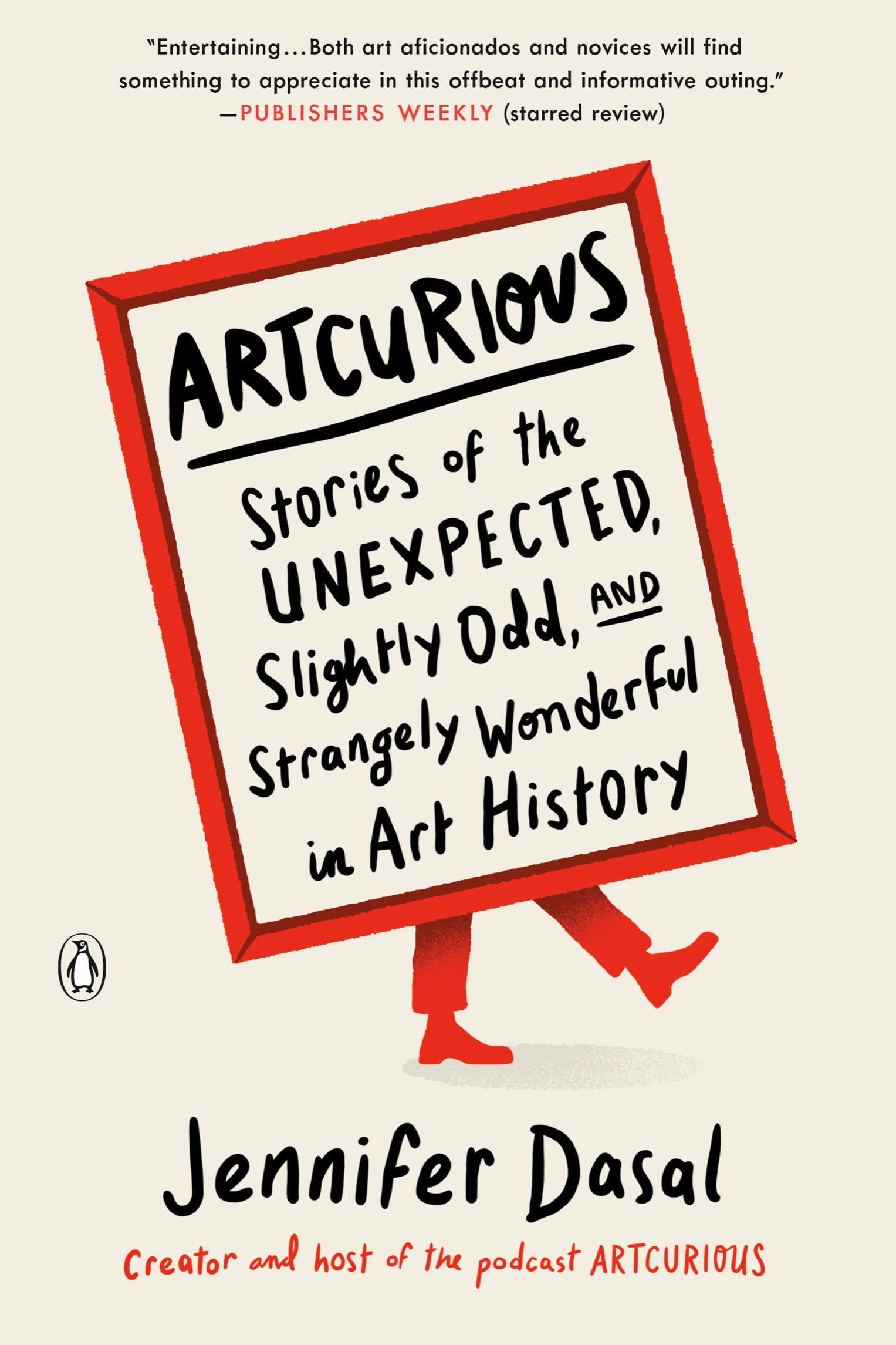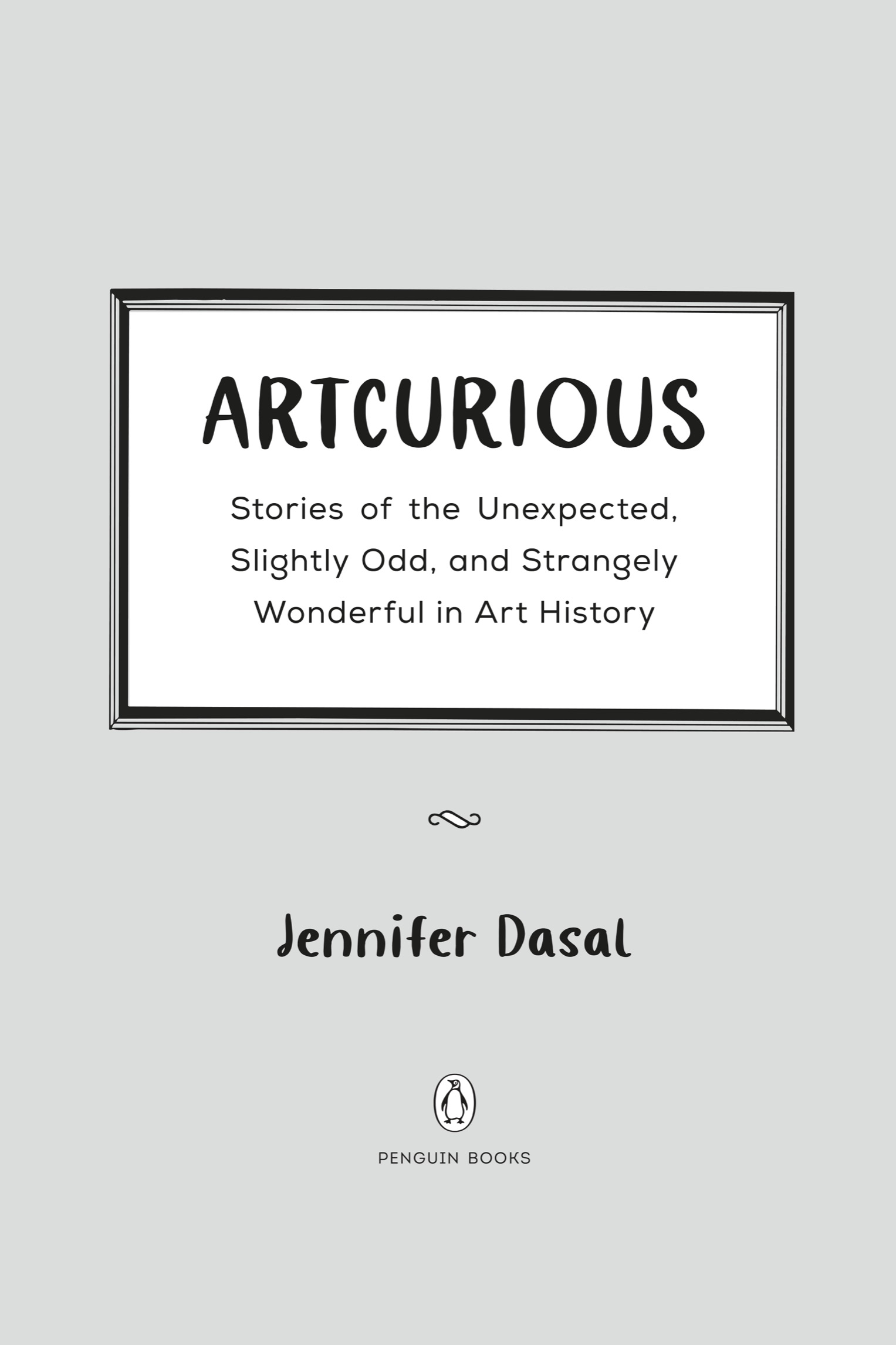Advance Praise for
ArtCurious
Jennifer Dasal understands that its the stories that make art interesting, not names and dates and movements. This book is bursting with useful and entertaining tales that will forever change the way you look at some of the worlds best loved artworks.
Sarah Urist Green, author of You Are an Artist
The term art history is often equated with a good cure for insomniawell, this book wont let that happen! Jennifer Dasal has transformed art history into you will not believe this, one crazy, artsy story at a time.
Danielle Krysa, The Jealous Curator
For all those who rememberyawningthe tedium of art history lectures in dark classrooms, Jennifer Dasals ArtCurious is here to shake you awake, open your eyes, and get your heart racing. This is art history as adventure, mystery, whodunit, and even comedy. In short, a passionate pursuit of the innately interesting. Youll never look at artor art historythe same way again.
Bridget Quinn, author of She Votes
Dasal reveals in this entertaining survey the weird, wacky, and unbelievable backstories of some of the worlds greatest artists and most famous works of art.... Both art aficionados and novices will find something to appreciate in this offbeat and informative outing.
Publishers Weekly (starred review)
PENGUIN BOOKS
ARTCURIOUS
Jennifer Dasal is the curator of modern and contemporary art at the North Carolina Museum of Art in Raleigh, North Carolina, and the host of the independent podcast ArtCurious, which she started in 2016 and which was named one of the best podcasts by O, The Oprah Magazine and PC Magazine. She holds an MA in art history from the University of Notre Dame and a BA in art history from the University of California, Davis. She has also completed PhD coursework in art history at Pennsylvania State University. She lectures frequently on art both locally and nationally.
PENGUIN BOOKS
An imprint of Penguin Random House LLC
penguinrandomhouse.com
Copyright 2020 by Jennifer Dasal
Penguin supports copyright. Copyright fuels creativity, encourages diverse voices, promotes free speech, and creates a vibrant culture. Thank you for buying an authorized edition of this book and for complying with copyright laws by not reproducing, scanning, or distributing any part of it in any form without permission. You are supporting writers and allowing Penguin to continue to publish books for every reader.
Photo credits appear on .
LIBRAR Y OF CONGRESS CATALO GING-IN-PUBLICATION DATA
Names: Dasal, Jennifer, 1980 author.
Title: Artcurious : stories of the unexpected, slightly odd, and strangely
wonderful in art history / Jennifer Dasal.
Description: First. | New York : Penguin Books, 2020. | Includes
bibliographical references and index.
Identifiers: LCCN 2020013857 (print) | LCCN 2020013858 (ebook) | ISBN 9780143134596 (paperback) | ISBN 9780525506409 (ebook)
Subjects: LCSH: ArtAnecdotes. | ArtistsAnecdotes. |
Art--HistoryMiscellanea. | Curiosities and wonders.
Classification: LCC N7460 .D37 2020 (print) | LCC N7460 (ebook) | DDC 709dc23
LC record available at https://lccn.loc.gov/2020013857
LC ebook record available at https://lccn.loc.gov/2020013858
Cover design: Colin Webber
pid_prh_5.6.0_c0_r0
To Josh and Felix
The essence of all beautiful art, all great art, is gratitude.
FRIEDRICH NIETZSCHE
Contents
INTRODUCTION
ArtCurious , or Why Art Isnt (Always) Boring
I make my living surrounded by artloads of it. As the curator of modern and contemporary art at the North Carolina Museum of Art in Raleigh, North Carolina, my days are spent roaming our galleries, researching the collection, and gleefully debating the merits and connections between works of art. While being this close to the art is enough of a reward on its own, I think one of the best parts of the job is meeting fellow art lovers: those who reminisce about childhood field trips to the museum, praise a recent reinstallation, or ask about the location of a particular painting as if it were a long-lost friend. These peoplethe ones who wax rhapsodic about brush strokes and craftsmanship, about symbolism and inspirationare my people.
However, you might be surprised to hear that I like meeting committed non-art types just as much. Regularly I am introduced to those who slept through college art history classes, snoring over a professor droning on about sfumato and contrapposto. I hear from museum patrons who admit that their visit was influenced not so much by the art, but by the museum cafs excellent burger and sweet potato fries. There are the students sheepishly revealing their presences as merely a concession to art-friendly grandparents. There are also the people who pause to stare at a work before inevitably demanding, point-blank, Whats the big deal anyway? Similarly, some feel uncomfortable even setting foot inside a museum, alienated perhaps by a lack of exposure to the arts and a fear that they will be unable to understand them, or a sense that the art world was never quite welcoming in the first place.
Art just isnt everyones thing. I get that.
It may come as a shock to you that an art historian like me could, in fact, be uniquely suited to sympathize with these art doubters, but I am. I truly relate to those who proclaim, time and time again, that art just isnt for them.
I can relate because I used to be them.
* * *
Art most definitely wasnt my thing when I was growing up. Instead, I was predisposed toward words, so when I began writing stories as a young child, I was happy with my narrative structure and character development (even if the names of said characters left something to be desired. A unicorn named Beautiful? Really, five-year-old Jen?). But the idea of illustrating my own tales made me squirm uncomfortably on my desk chair. Grasping a variety of crayons and markers, I would scrawl away in hopes of bringing my words to life in an aesthetically pleasing manner. And I was always disappointed at the mess that materialized on my page, rather than the masterpiece I hoped to see.
Not that I fared much better within a structured artistic environment. Picture me, a middle schooler, armed with nothing but a pencil, an eraser, and a piece of paper. Im given one directive: I, and my fellow students, have exactly five minutes to draw a perfect circle. No compass, no rulerjust our bare hands maneuvering the most basic drafting tools. Dont worry, our art teacher assured us, you can erase as much as you want. But youd better get as close to a perfect circle as you can! Letter grades will be given.
This dreaded circle exercise began every art class during my middle school years. To this day, I have no concept of how useful this exercise is or if it is a common educational method. But Ive never forgotten how my artwork was scrutinized for middle school course credit or how it made me feel. This must be what art is all about, I told myself. And its torture. I suspect some variation of these events has affected others out there too. Maybe even you.
And thats a real shame. Because, as I was about to discover, art can be so much more.
* * *
By the time I reached the start of my freshman year in college, I had successfully avoided art at all costs, focusing my energies on science instead. I declared my major early and proudlygeology, with a paleobiology emphasisand planned all my courses out accordingly: chemistry, calculus, earth sciences. I was



